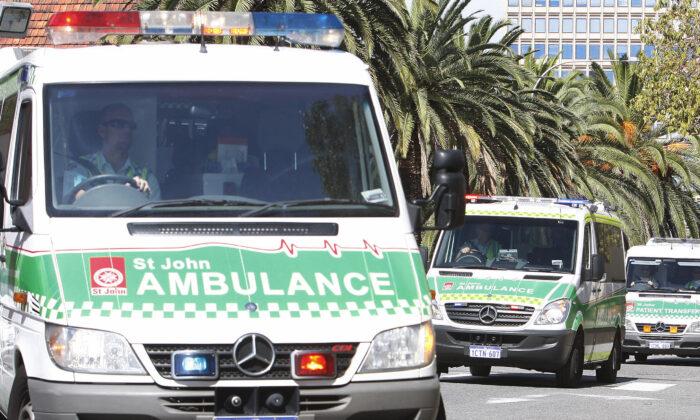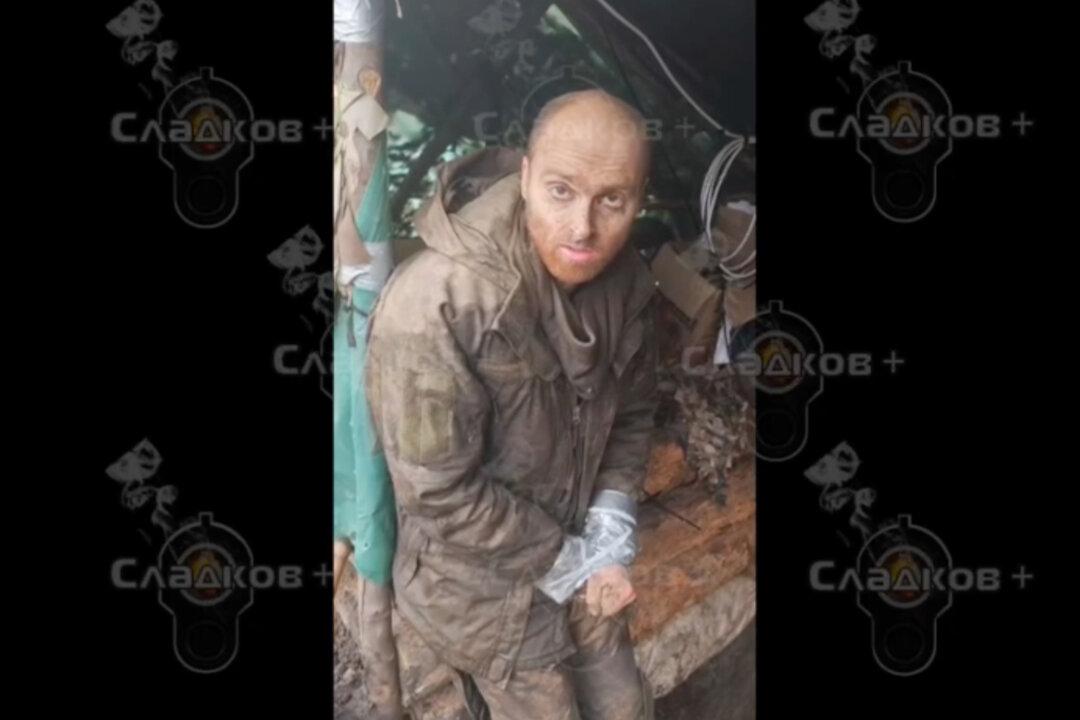Almost half of all patients waited more than half an hour in an ambulance before being admitted to a hospital in southeast Queensland in December.
Queensland Ambulance Service figures show ramping rose two percent to more than 46 percent of patients in the heavily-populated southeast between November and December 2021.
There was a major COVID-19 wave in December after the state’s domestic borders were reopened, but ramping was still above 44 percent in the southeast in October.
Health Minister Yvette D'Ath released data in response to a question from Liberal National Party health spokeswoman Rose Bates in the state parliament in March.
Bates says ramping is putting pressure on frontline health workers and the government must take action.
“The Health Minister must start taking real action now,” she said in a statement on Tuesday.
“The Palaszczuk Labor government must start listening or more Queenslanders are going to die waiting for an ambulance.
“That is the sad reality they are ignoring.”
At West Moreton Ipswich Hospital 66 percent of patients were ramped in December, up from 45 percent in October, according to the figures.
The same proportion of Logan Hospital patients were ramped in December, up from 64 percent.
Redland Hospital ramping rose nine per cent to 55 percent, while at Queen Elizabeth II Hospital it rose from 47 to 52 percent.
Ramping at the Royal Brisbane and Women’s Hospital, Queensland’s biggest, rose from 48 percent to half of the ambulance patients in the three months to December.
QAS figures showed ramping rose to 47 percent at Chermside’s Prince Charles Hospital from 45 percent.
At the Gold Coast University ramping was almost unchanged at 57 percent, while at Princess Alexandra Hospital it rose from 38 percent to 46 percent.
Sunshine Coast University ramping rose from 32 percent in October to 56 percent, according to the figures.
Ambulance ramping also remained above 40 percent of patients at Robina, Nambour and Redcliffe hospitals between October and December.
Ramping rose from 31 percent to 34 percent in Mackay but fell from 37 percent to 35 percent in Caboolture in that same period.
It also jumped from 22 percent to 30 percent in Bundaberg and was almost unchanged at 27 percent in Toowoomba and 23 percent in Gympie.
LNP leader David Crisafulli urged the government to bring in real-time data monitoring and boost funding and resources for triaging and the front line.
“These new figures are deeply concerning,” he said.
However, ramping remained low or improved between October and December in Hervey Bay, Cairns, Maryborough, Townsville, Gladstone and Mount Isa.
The biggest improvement was Hervey Bay, where ramping fell from 36 percent to 28 percent.
Ramping was almost non-existent in Mount Isa where 97 percent of patients waited less than 30 minutes to be admitted.





